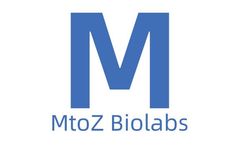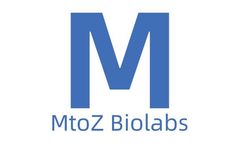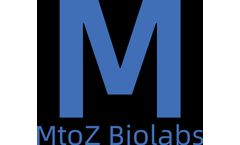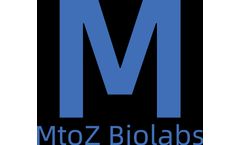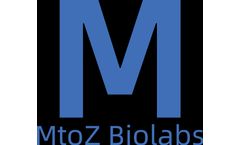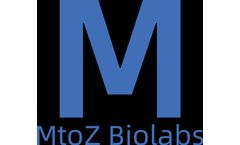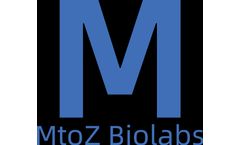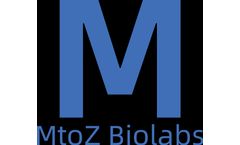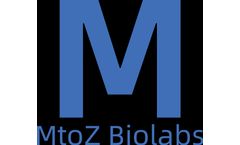Drug Target Articles & Analysis: Older
169 articles found
What Is PROTAC Technology? Proteolytic targeting chimera (PROTAC) is a new type of drug design technology that works by inducing the degradation of target proteins. ...
Among the most promising strategies in this endeavor are the use of tumor models for breast cancer and the development of customized antibody-drug conjugates (ADCs). These advancements not only enhance our understanding of the disease but also pave the way for more targeted therapeutic solutions. ...
By analyzing these interactions, scientists can identify new biomarkers for disease, develop targeted therapies, or discover novel glycan-binding proteins with potential applications in drug design. 2. ...
This technology has revolutionized various fields, including drug discovery, gene expression studies, and cellular signaling research. ...
To date, scientists have leveraged various therapeutic avenues, including precision medicine, targeted therapies, and immunotherapy. However, issues such as drug delivery across the blood-brain barrier, tumor heterogeneity, and therapeutic resistance remain unresolved. ...
This versatility, coupled with their biocompatibility and biodegradability, makes liposomes an attractive vehicle for drug delivery. Upon administration, liposomes can protect encapsulated drugs from degradation, prolong their circulation time, and facilitate targeted delivery to diseased tissues via passive or active targeting ...
Therefore, the detection of sialic acid proteins holds significant value in disease diagnosis, biomedical research and drug development.Biological Importance of Sialic Acid ProteinsSialic acid proteins play an indispensable role in many physiological and pathological processes. ...
Some of the main functions of peptidomimetics include inhibiting or modulating enzymes & proteins, targeting specific receptors, and enhancing drug stability & bioavailability.Specifically, peptidomimetics can bind to enzymes and block their activity, making them useful in the development of cancer treatment. In addition, peptidomimetics can disrupt or ...
Studying changes in protein phosphorylation in these diseases can help reveal the molecular mechanisms of these conditions.3. Drug DevelopmentBy screening small-molecule drugs that affect protein phosphorylation levels, potential drug targets and candidate drugs can be discovered.4. ...
By analyzing vast amounts of genomic data, AI algorithms can identify potential genetic targets for therapeutic intervention. This enables researchers to design tailored gene therapies that address specific mutations or genetic disorders, leading to more effective and personalized treatment options. Furthermore, AI-driven platforms have the ability to streamline ...
Biotechnology and Research: - Model antigen in immunology studies - Carrier protein for drug delivery systems - Standard protein in various analytical techniques 3. Pharmaceutical Industry: - Excipient in drug formulations - Component in vaccine development - Potential therapeutic agent in certain medical conditions 4. ...
In biomedical research, antibodies are a powerful tool used in the detection and quantification of target antigens. However, a comprehensive understanding of the antibody requires knowledge of its amino acid sequence, which can be achieved through antibody sequencing.Antibody sequencing is a nucleic acid sequencing process that determines the nucleotide sequence of the gene ...
Through the sequencing of nanobodies, we can understand the antigen binding sites, affinity, and diversity of antibodies, this information is of great significance for understanding the occurrence and development of diseases and finding effective treatment methods.Application of Nanobody SequencingThe application field of nanobody sequencing is very wide, including clinical diagnosis, ...
Also, Protein-Protein Interaction Sequencing can be applied to drug target screening and effectiveness evaluation. By studying protein interactions, new drug targets can be discovered, further facilitating drug screening and efficacy evaluation.Although Protein-Protein Interaction Sequencing has extensive ...
This technology could not only reveal changes in the mitochondrial proteome in health and disease states but could also help identify new disease markers and drug targets. Overall, mitochondrial protein sequencing is a promising field of research that will continue to provide new knowledge for our understanding of life, as well as new strategies for treating many ...
For example, by knocking out genes associated with diseases, scientists can better understand the roles of these genes in diseases.2. Drug DevelopmentGene knockout is also used in drug development. By knocking out drug target genes, scientists can test the effects of new drugs and potential side effects.Emerging ...
By conjugating PEG chains to drug molecules, pharmaceutical companies can create formulations that dissolve more readily in biological fluids, ensuring that the active ingredient reaches its target site in the body. ...
Library Design for DisplayThe library design of phage display and other display technologies is another method for antibody discovery, which significantly enhances the diversity of antibody structures and sequences and provides strong support for developing antibodies against difficult targets. Compared with the original library, libraries derived from immune donors can produce ...
Protein SequencingProtein sequencing helps to accurately analyze the amino acid sequence and three-dimensional structure of disease-related proteins, and then reveal their biological functions and interaction mechanisms, providing potential targets for new drug research.2. Peptide SequencingPeptides, as bioactive molecules, have various biological functions and ...
We recently spoke with Manuela Badiali, Rita Congiu, and Stefania Murru from the Laboratory of Genetics and Genomics, Microcitemico Pediatric Hospital – A. Cao, Cagliari, about how SOPHiA DDM™ RNAtarget Technology has helped them optimize their variant analysis workflow. ...






